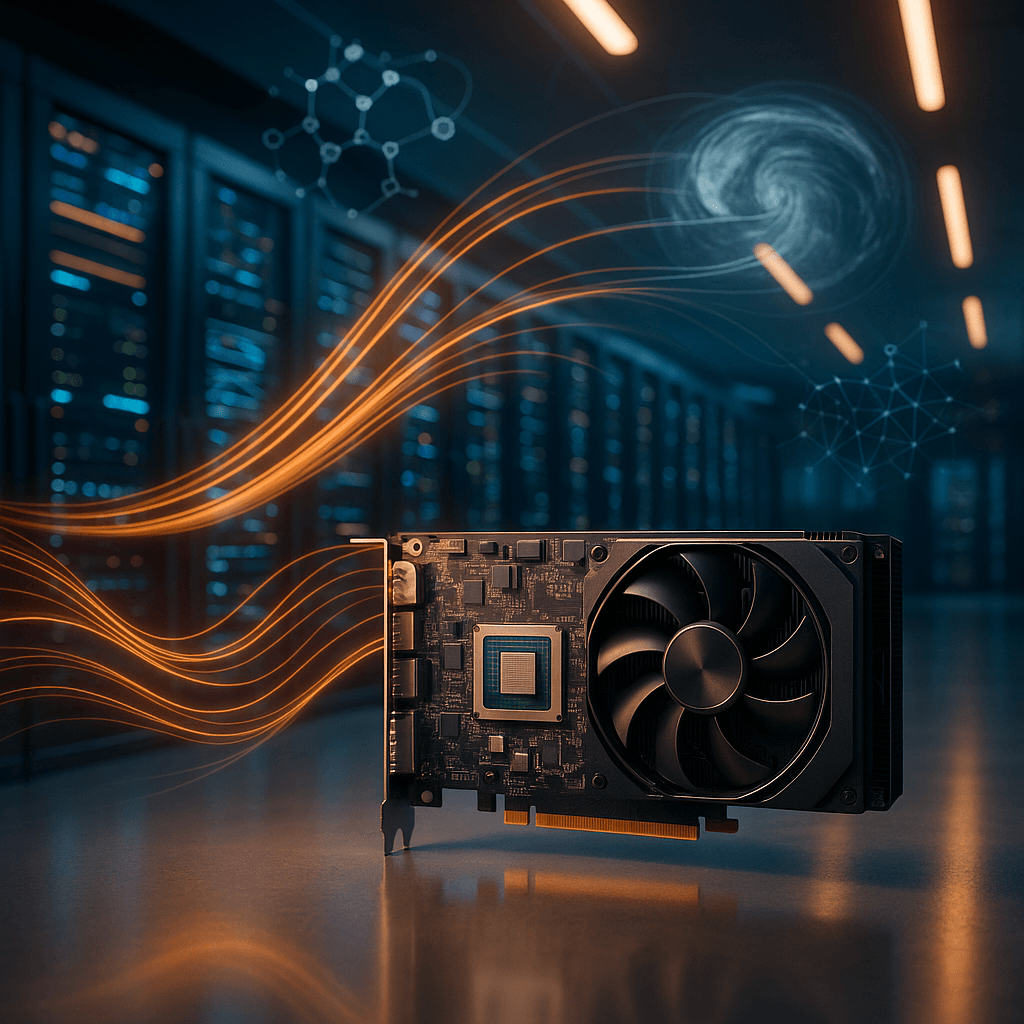Nvidia just proved what many suspected - the GPU revolution has completely flipped scientific computing. In 2019, nearly 70% of the world's top supercomputers ran on CPUs alone. Today, that number has crashed below 15%, with 80% of accelerated systems now powered by Nvidia GPUs. The shift isn't just about raw performance - it's about making AI-scale science possible within real power budgets.
The numbers tell a story of complete architectural upheaval. Nvidia just released data showing that across the broader TOP500 supercomputer list, 388 systems - that's 78% - now use Nvidia technology. This includes 218 GPU-accelerated systems, up 34 from last year, and 362 systems connected by high-performance Nvidia networking.
The JUPITER supercomputer at Germany's Forschungszentrum Jülich perfectly embodies this transformation. Not only does it rank among the most efficient supercomputers at 63.3 gigaflops per watt, but it's also an AI powerhouse delivering 116 AI exaflops - up from 92 at the recent ISC High Performance conference. These aren't just impressive specs; they represent a fundamental shift in how scientific computing works.
"Several years ago, deep learning came along, like Thor's hammer falling from the sky, and gave us an incredibly powerful tool to solve some of the most difficult problems in the world," Nvidia CEO Jensen Huang told the SC16 supercomputing conference, years before the current generative AI boom. His prediction proved prescient as AI capabilities became the new measuring stick for scientific systems.
The transformation wasn't driven by marketing hype - it was forced by mathematical reality. Power budgets don't negotiate, and researchers needed to reach exascale computing without building power plants. GPUs delivered far more operations per watt than traditional CPUs, making the shift inevitable even before AI took center stage.
The seeds of this revolution were planted over a decade ago. Titan at Oak Ridge National Laboratory in 2012 was one of the first major U.S. systems to pair CPUs with GPUs at unprecedented scale, demonstrating how hierarchical parallelism could unlock massive application gains. In Europe, Piz Daint set new efficiency standards in 2013, then proved its worth on real applications like COSMO weather forecasting.
By 2017, the inflection point became undeniable. Summit at Oak Ridge and Sierra at Lawrence Livermore ushered in a new standard for leadership-class systems where acceleration came first. These machines didn't just run faster - they changed the fundamental questions science could ask about climate modeling, genomics, and materials research.
The efficiency gains are staggering. On the Green500 list of the most efficient supercomputing systems, the top eight are Nvidia-accelerated, with Nvidia Quantum InfiniBand connecting seven of the top 10. But the real breakthrough came when AI capabilities merged with traditional scientific simulation.












